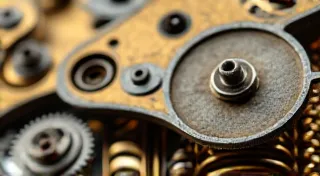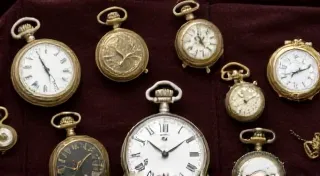Understanding Pocket Watch Serial Numbers and Dating
Pocket watches offer a fascinating window into history, blending horological ingenuity with artistic craftsmanship. While admiring their beauty is easy, truly appreciating a pocket watch involves understanding its origins and age. One crucial piece of this puzzle lies in deciphering the serial number and using it to date your timepiece. This guide will explore the complexities of pocket watch serial numbers and offer insights into how to use them for dating purposes.
The Role of Serial Numbers
Serial numbers weren’t always a standard practice. Early pocket watches, particularly those from the 18th century, often lacked any identifying markings beyond the maker’s name. As watchmaking became more industrialized, manufacturers began implementing serial numbers for inventory control, tracking production runs, and ensuring quality assurance. These numbers provide valuable clues about a watch's age and can often be linked to specific production years and even the individual craftsman who assembled it.
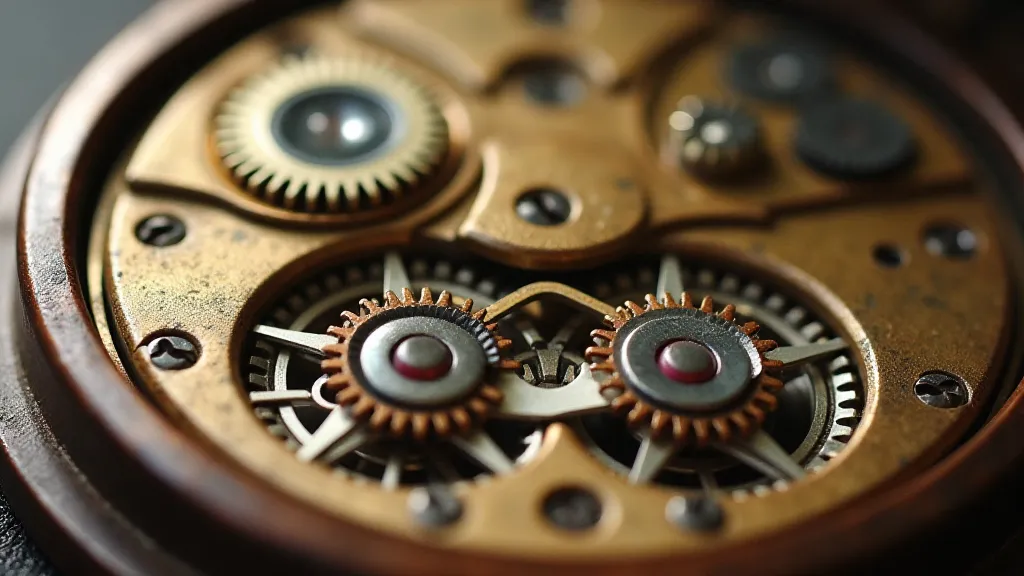
Challenges in Dating by Serial Number
Dating pocket watches solely by serial number isn't always straightforward. Here’s why:
- Varied Numbering Systems: Different manufacturers employed vastly different serial numbering systems. Some started numbering sequentially from a single point, while others reset the numbers periodically. What seems like a low-numbered watch might actually be quite old, while a high-numbered one might be relatively recent.
- Resetting Serial Numbers: Many manufacturers, particularly those with lengthy production runs, would periodically reset their serial numbers. This means a serial number of "100" from one manufacturer might indicate a watch from 1880, while a "100" from another could be from 1920.
- Manufacturer-Specific Records: Ideally, dating would involve accessing the manufacturer’s production records. However, many of these records were lost or destroyed due to fires, economic downturns, or simply the passage of time.
- Re-casing and Parts Mixing: Pocket watches were often repaired and re-cased over the years. A watch with a movement from the late 1800s might be housed in a case from the 1920s, making the serial number on the movement misleading regarding the overall age of the timepiece.
Common Manufacturer Numbering Systems
While a definitive guide for every manufacturer is impossible, here are some common patterns observed in popular brands:
- American Waltham Watch Company: Waltham is perhaps the most commonly collected American pocket watch, and their serial number database is relatively well-documented. They started numbering sequentially in 1853, resetting the numbers several times. Online resources (detailed below) are invaluable for Waltham dating.
- Elgin Watch Company: Elgin followed a similar numbering system to Waltham. They also reset their serial numbers, making accurate dating reliant on available resources.
- Howard Watch Company: Howard, a smaller but highly respected American maker, started numbering sequentially. Their records are less readily available than Waltham or Elgin.
- Swiss Watch Manufacturers: Swiss manufacturers often have more complex numbering systems, sometimes involving multiple series or incorporating different numbering conventions based on the specific model.
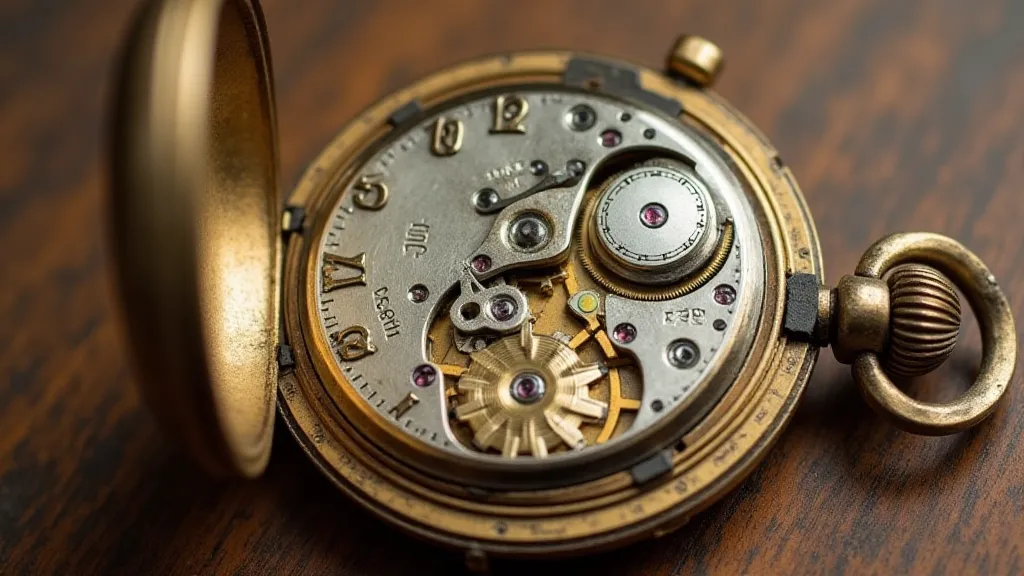
Resources for Dating Pocket Watches
Several online resources can assist in dating your pocket watch. Remember to corroborate information from multiple sources.
- Waltham Watch Databases: Numerous websites maintain databases of Waltham serial numbers and corresponding production dates. A search for "Waltham serial number database" will reveal several helpful sites.
- Elgin Watch Clubs & Forums: Dedicated Elgin watch clubs and online forums often have members with extensive knowledge and resources for dating Elgin watches.
- Watch Collecting Forums: General watch collecting forums can offer valuable insights and assistance from experienced collectors.
- Antique Watch Dealers: Consulting with reputable antique watch dealers who specialize in pocket watches can provide expert opinions and dating assistance.
Beyond the Serial Number
While the serial number is a crucial piece of the puzzle, it’s essential to consider other factors when dating a pocket watch:
- Case Markings: The case itself may bear hallmarks, maker's marks, or import stamps that provide clues about its origin and age.
- Dial Characteristics: The style of the dial, including the font, numerals, and hands, can indicate a general timeframe.
- Movement Style: The design and complexity of the movement itself can offer hints about the era of its manufacture.
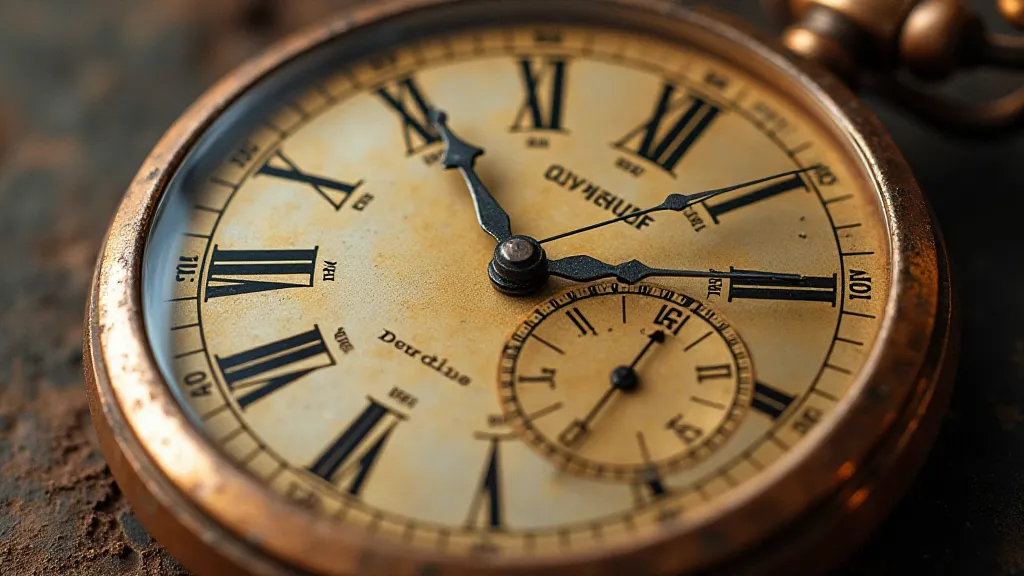
Conclusion
Dating pocket watches by serial number is a challenging but rewarding endeavor. While pinpoint accuracy isn’s always possible, by combining serial number information with other clues and utilizing available resources, you can significantly narrow down the timeframe of your timepiece’s creation and appreciate the rich history embedded within its intricate workings.

